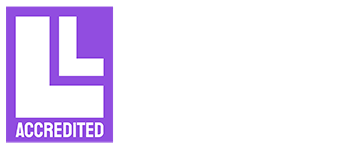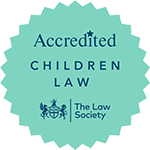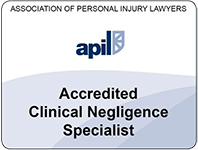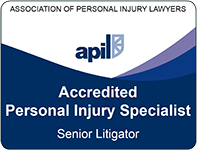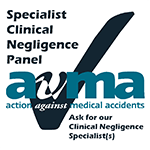-
Business Services ▾
-
Company & Commercial
- Legal Services for Landlords
- Commercial Property
-
Employment Law
- - Sponsor Licences
- - Employment law solicitors and HR training UK
- - Employment Tribunals Advice
- - HR Consultancy
- - Discrimination and Family Issues in the Workplace
- - Restrictive Covenants
- - Drafting and Varying Contracts of Employment
- - Redundancies and Restructuring
- - Disciplinary Hearings, Dismissals and Grievances
- - Trade Unions and Industrial Action
- - TUPE Guidance
- Commercial Litigation
-
Legal Compliance
- Debt Recovery
- Business Recovery & Insolvency
-
Company & Commercial
-
Individual Services ▾
- Residential Property
- Public Law
- Family & Matrimonial
- Children Law
-
Clinical Negligence
- - Abuse and neglect of the elderly
- - Fracture Negligence
- - Surgical Negligence
- - GP Negligence
- - Gynaecological Claims
- - Medication and Prescription Error Advice
- - Paediatric Claims
- - Orthopaedic Negligence
- - Physiotherapy or chiropractic treatment errors
- - Ophthalmic Eye Claims
- - Cancer Misdiagnosis Claim
- - Pressure Sores
- - Inquest Representation
- - Cauda Equina Syndrome Compensation
- - Anaesthetic Awareness – Administration Mistakes
- - Birth Injuries
- - Cosmetic Surgery Mistakes
- - Negligent Cardiac Care Claims
- - Cerebral Palsy
- - Chiropractic Injury
- - Colorectal Surgery
- - Consent to Treatment
- - Dental Negligence
- - Ear, Nose and Throat
- - Sepsis
- - Personal Injury
- Wills & Probate
- Dispute Resolution
-
Sports Law
- Employment Law
-
UK COVID-19 Inquiry
- LGBTQ+ Legal Advice
6th October 2023 | Clinical Negligence
Cerebral Palsy Day 2023 – What are the signs?
Today (October 6, 2023) is World Cerebral Palsy Day. It is an opportunity to recognise the 17 million people worldwide living with cerebral palsy.
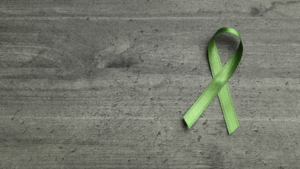
Cerebral palsy (CP) is the most common physical disability in childhood, but there is a broad lack of knowledge of what it is and how it’s caused.
World Cerebral Palsy Day aims to raise awareness of what it is, how it is caused, and how early detection and intervention are key to improving outcomes for people with CP.
What is cerebral palsy?
Cerebral palsy is an injury to the brain, causing problems with movement that you see in early childhood. Children with CP often have poor coordination, weak muscles, and tremors. They also have problems with sensation, vision, hearing, swallowing, and talking.
One of the main causes of cerebral palsy is a hypoxic brain injury during childbirth, where the baby’s brain gets starved of oxygen. Sometimes this cannot be prevented, or it is impossible to work out what has caused the baby to be injured, but it is often the result of one of the following things happening during childbirth:
- Allowing labour to go on for too long
- Not properly monitoring the baby’s heartbeat
- Not doing enough cardiotocography (CTG) traces or interpreting them incorrectly
- The umbilical cord being wrapped around the baby’s neck
- Delaying a Caesarean section
- Missing signs of foetal distress, such as meconium
Are all children born with the condition?
Most children with cerebral palsy are born with the condition but a small number have what is called acquired cerebral palsy, which means that the disorder begins more than 28 days after birth, often from infections such as meningitis or encephalitis, problems with blood flow to the brain, such as a stroke, or a head injury from a car accident, fall or child abuse.
What are the early warning signs?
The signs of cerebral palsy usually appear within the first few months of a child’s life, but many children are not diagnosed until age 2 or later. The signs to look out for tend to be:
- Developmental delays in actions such as rolling over, sitting, crawling and walking
- Abnormal muscle tone, where the child’s body parts are either floppy or too stiff.
- Abnormal posture, where the child uses one side of the body more than the other when reaching, crawling, or moving.
How We Can Help
At Harding Evans, our clinical negligence solicitors understand the challenges involved in raising a child with cerebral palsy. As well as the obvious emotional impact, a significant amount of essential equipment, assistance with care, education and home adaptations will also be required.
Our expert solicitors will be able to establish whether you are entitled you make a negligence claim. Contact us today.


